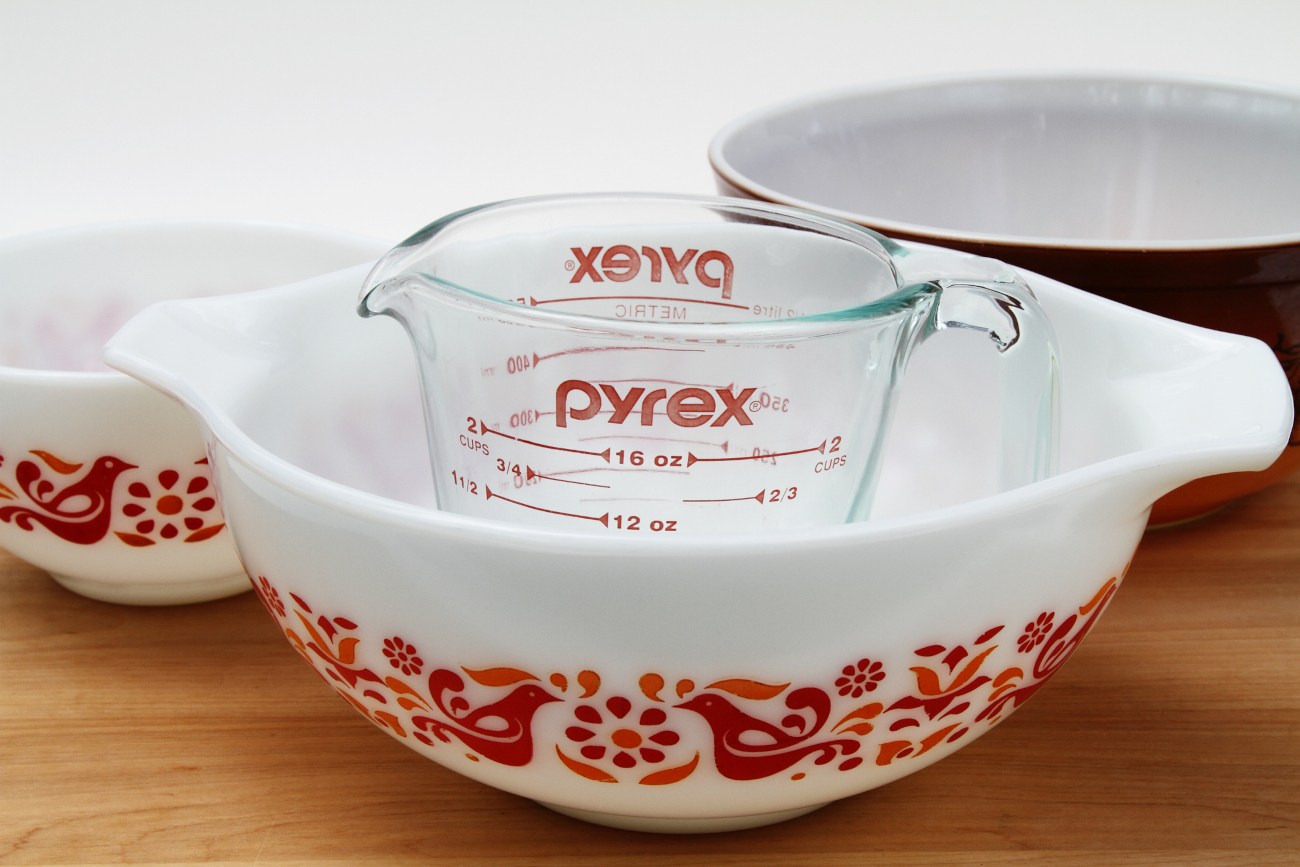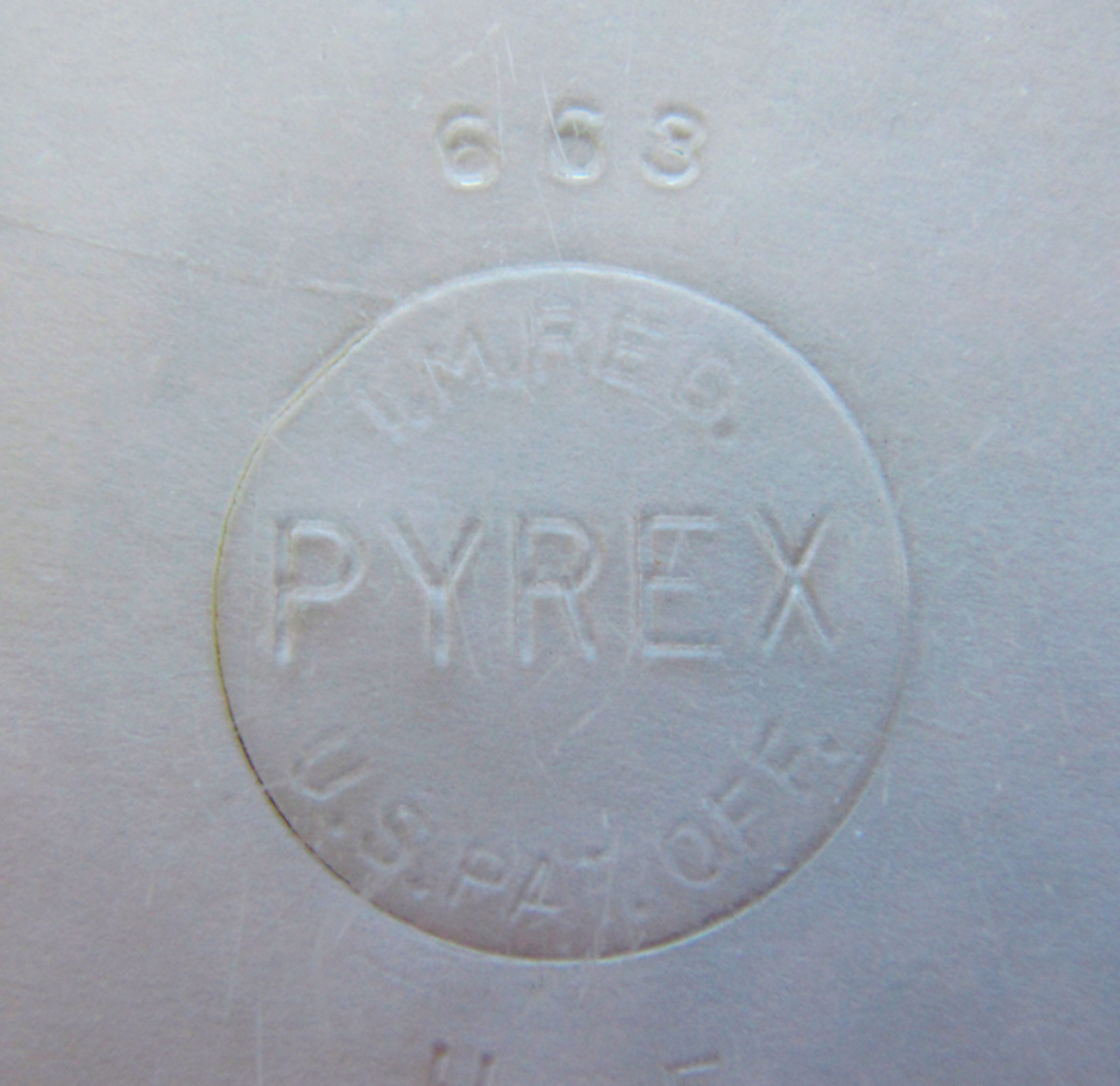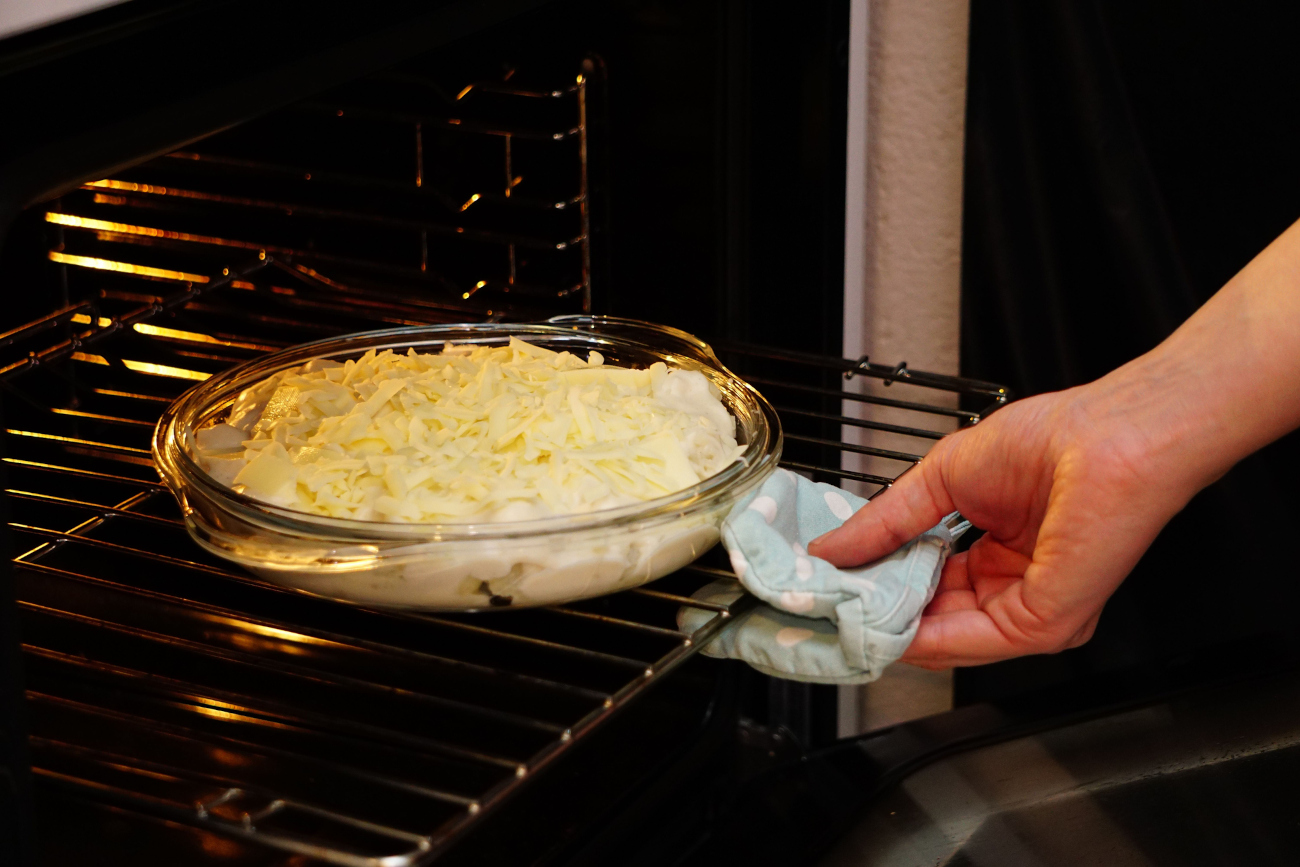Whether you bake a casserole, whip up a cake batter, or measure out some milk, Pyrex has been a mainstay in the kitchen. So it’s surprising that something that’s known for its toughness is shattering right before consumers’ eyes. How can you prevent this from happening?

Since 1908 Pyrex has been known as an oven-safe (and later one microwave-safe) glass. The borosilicate glass was originally used as railway lanterns, as it could withstand sudden extreme temperature changes. Since its inception, Pyrex came into the house in an array of bakeware products.
All bakeware is prone to breaking, but it still comes as a shock when something that is known to not break, well, breaks.

Up until the 1990s, Pyrex was made with the original borosilicate glass but changed to being manufactured with soda-lime glass. This change also came at a time when CorningWare sold Pryex to World Kitchen LLC, but the companies insist the glass revamping was for the consumer. The logic was that soda-lime was more resistant to falls or breaks, and indeed it is sturdy against bumps and dings, but it comes at a cost.

Soda-lime glass is more sensitive to temperature changes. When soda-lime glass comes into contact with heat, the glass molecules grow and expand. But when this heat-expanded soda-lime glass suddenly touches a cold surface (like a cold stone kitchen countertop) it retracts and then cracks. This thermal shock occurs when the temperature change is too sudden, like putting a cold dish in a preheated oven.
And while borosilicate glass is more resistant, it’s not impermeable. Under extreme temperature variations, borosilicate glass might also break, but it doesn’t expand and explode like soda-lime glass.
Some people online say you can distinguish borosilicate and soda-lime glass by looking at variations in logo (Pyrex versus pyrex) and color (blue versus clear), but these systems of discerning aren’t accurate.

Unless you buy a recent one that specifically says it’s made of borosilicate glass or definitively know that the Pyrex you own was made before the 1990s, then it’s hard to know which type of Pyrex you have in your kitchen. The next best thing is to take some precautions.
If you have a make-ahead casserole in the freezer or refrigerator don’t put it straight in the oven, let it get to room temperature. After you’re done baking, don’t place your Pyrex dish directly on a countertop, sink, or stovetop. Always place your baking glassware on a potholder or cloth, which protects the glassware from thermal shock temperature variations. Never use the broiler setting with a Pyrex dish, the high heat will cause uneven temperature variations on the glass. Don’t put the Pyrex dish in an oven while it’s preheating. Some oven settings preheat at a high temperature and then drop down to the desired temperature, so the preheating temperature can be too much of a shock to the glass. Any chip or crack in the glass will increase the likelihood of the glassware breaking.













